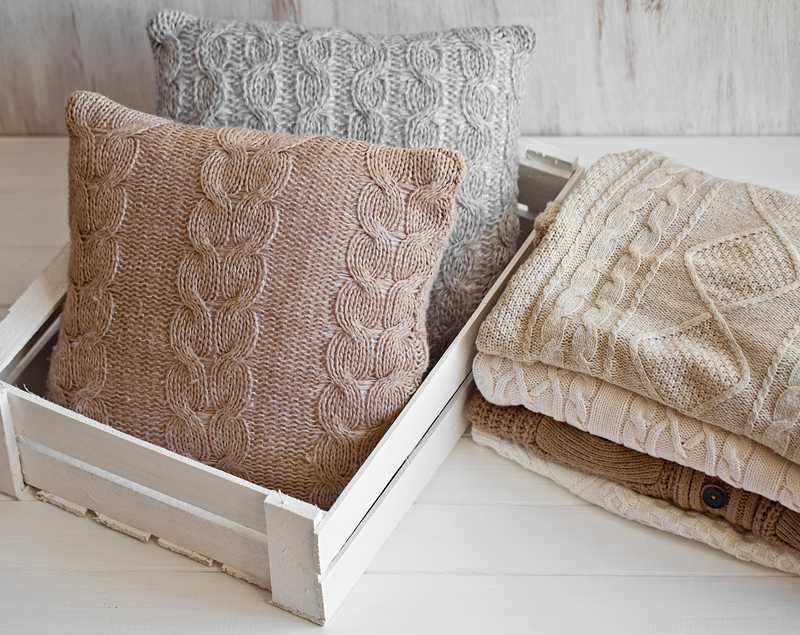Step-by-Step Guide to Disposing of Old, Large Furniture Pieces
Disposing of old, large furniture pieces can be a daunting task. Whether you're moving, redecorating, or simply clearing out space in your home or office, getting rid of oversized sofas, bulky bed frames, or antique armoires requires careful planning and execution. In this comprehensive guide, you'll discover a step-by-step process to dispose of your unwanted furniture responsibly, legally, and efficiently.
Why Proper Furniture Disposal Matters
Many people don't realize that improper disposal of large furniture can have significant consequences--both for the environment and for your wallet. Old couches, mattresses, and wardrobes often contain materials that don't biodegrade and may even be hazardous if left in landfills. Poorly discarded furniture can also attract fines from your local municipality. That's why understanding how to dispose of large furniture the right way is crucial.

Preparation: Assess, Plan, and Gather Resources
Evaluate Your Furniture for Reuse or Repair
- _Check if the furniture is still usable._
- _Determine if minor repairs or cleaning could make it valuable for others._
- _Assess if any parts (hardware, wood, upholstery) can be salvaged._
Before rushing to remove your furnishings, consider whether your old large furniture item is truly at the end of its life. Sustainable disposal often begins with reuse or repurposing.
Create a Disposal Plan
- Measure your furniture to determine the best way to move it.
- Identify any obstacles such as narrow doorways or staircases.
- Enlist help if the item is too heavy or awkward for one person.
- Gather moving blankets, straps, and tools for disassembly, if needed.
A successful large furniture disposal relies on proper preparation and the right equipment.
Step 1: Explore Donation and Rehoming Options
One person's trash truly can be another person's treasure. Before throwing out your furniture, consider more eco-friendly furniture disposal alternatives.
- Donate to charities, shelters, or community organizations.
- Offer it for free or at a low price on platforms like Craigslist, Facebook Marketplace, Nextdoor, or Freecycle.
- Check for local furniture banks that help families in need.
Most donation centers will only accept items that are in _good, clean, and usable_ condition. Always call ahead to ensure they will take your specific type of furniture and to learn about any pick-up services.
Step 2: Schedule Municipal Bulk Item Pickup Services
Many cities offer scheduled pickups for large household items. Here's how to use this service:
- Visit your city or town's waste management website.
- Find the bulk furniture disposal service section.
- Register your items and schedule a pickup date.
- Prepare your furniture according to local guidelines--these may include wrapping mattresses, removing glass parts, or ensuring items are at curbside by a certain time.
Keep in mind that:
- Some municipalities allow a limited number of large items per pickup.
- Hazardous materials or certain types of furniture (like mattresses or electronics) may not be eligible.
- Fees may apply in some locations.
Step 3: Hire a Professional Junk Removal Service
If donation isn't possible and your local government doesn't offer bulk disposal on your schedule, you can turn to the convenience of furniture removal services. These companies will do the heavy lifting and ensure your items are hauled away and disposed of in line with environmental standards.
- Research reputable junk removal companies in your area.
- Request quotes and check if they recycle or donate usable items.
- Book a date and prepare your furniture for removal.
Popular options include companies like 1-800-GOT-JUNK, Junk King, and local haulers. Most will provide an upfront price based on the volume or size of your furniture.
Benefits of Using a Furniture Removal Service
- Safety: No risk of injury from lifting or carrying heavy items.
- Speed: Same-day or next-day service available in many areas.
- Eco-friendly: Many services prioritize recycling or donating items rather than dumping them all in landfills.
Step 4: DIY Disposal--Responsible Hauling to a Local Landfill or Recycling Center
If you own a truck or can borrow one, you might choose to haul your old couches, tables, or dressers to the appropriate waste disposal facility yourself.
- Check with your local landfill or transfer station for hours and accepted items.
- Ask about fees, identification requirements, and separation of materials (some sites have wood, metal, or hazardous zones).
- Enlist help loading heavy or cumbersome pieces--use proper lifting techniques to avoid injury.
Many recycling centers accept certain types of old furniture for recycling, especially metal and wood components. Mattresses are often subject to special recycling rules.
How to Recycle Large Furniture Components
- Remove metal parts such as springs, screws, or frames.
- Disassemble upholstered items to separate foam or cotton fillings.
- Check for specialized recycling programs for items like mattresses or electronics built into furniture.
_Proper separation increases the chance your furniture will be recycled instead of ending up in a landfill._
Step 5: Disassembling Large Furniture for Easier Transport
When handling oversized furniture disposal, breaking down your items can make removal much simpler and safer.
- Gather tools such as screwdrivers, hammers, and wrenches.
- Remove drawers, cushions, and detachable legs or arms first.
- Label and bag screws or fittings for possible reuse or recycling.
- Cut up wooden furniture (if safe and permitted) to fit in your vehicle or for easier handling by removal teams.
Disassembling furniture not only eases the transport process but can help you comply with certain disposal requirements (for example, mattresses often must be wrapped and couches may need to be reduced in size).
Step 6: Dispose of Hazardous or Special Materials Properly
Some old furniture pieces, such as mattresses, recliners, or items with electronic components, require special disposal methods because they may contain hazardous materials or regulated substances.
- Mattresses: Many jurisdictions require mattresses to be recycled due to their metal springs and foam content.
- Electronics or embedded batteries: Never send these to landfills--find e-waste drop-off programs.
- Padded furniture with chemical treatments: Check with local hazardous waste facilities.
Tips for Safe and Responsible Large Furniture Disposal
- Protect your property: Use moving blankets or dollies to avoid damaging floors and walls.
- Follow local laws: Illegal dumping of large furniture carries fines and environmental penalties.
- Practice safety first: Always lift with your legs, not your back, and never move overly-heavy items alone.
- Notify your HOA or building management: Some residences require permission or specific times for large item removal.
- Reuse creatively: Before disposing, consider upcycling--old dressers can become storage benches, for example.
Alternatives: Creative and Sustainable Furniture Disposal Ideas
Not every furniture piece needs to be thrown out! Here are inspiring alternatives for disposing of large old furniture:
- Selling vintage pieces online or at consignment shops.
- Offering items to local schools, theaters, or nonprofit organizations for props or classroom use.
- Upcycling wood, metal, or fabric for DIY projects--such as garden planters, pet beds, or shelving.
- Hosting a neighborhood swap or "free curb day."
_Sustainable disposal reduces landfill waste and helps your community in creative ways!_

FAQs on Large Furniture Removal and Disposal
Can I leave my furniture on the curb?
In most areas, leaving large furniture curbside for standard trash pickup is not allowed and could cost you in fines. Always check local regulations or arrange for a scheduled bulky item pickup.
Are there free options for disposing of large furniture?
Yes! Donation, online community groups, and certain city programs may allow free pickup. However, your item must usually be in good condition, and schedules may vary.
What if my furniture is too heavy or big to move myself?
Professional furniture removal services are your safest and most convenient bet. Some charities also offer free pick up for qualifying donations.
How far in advance should I schedule removal?
Try to plan at least a week ahead. Donation centers and junk haulers can book up quickly, especially during peak moving seasons.
Conclusion: Disposing Responsibly and Efficiently
Properly removing and disposing of old, large furniture pieces is an important responsibility for every homeowner, tenant, or business owner. By following this step-by-step guide, you can declutter your space while protecting the environment, supporting your community, and avoiding legal headaches.
Remember: The best method starts with donation and ends with recycling--landfills should always be your last resort. With the right preparation, resources, and mindset, furniture disposal can be convenient, safe, and even rewarding.
- _Assess your old furniture for reuse, repair, or donation before disposal._
- _Contact your local waste management authority or a reputable junk removal company for eco-friendly options._
- _Always comply with city laws and guidelines when disposing of large household items._
Ready to tackle your next big furniture removal project? Use this guide and discover the easiest, most responsible way to regain your space while making a positive impact.